Choosing a plot for building a house

To buy a land plot with an eye only on a low price means to doom yourself to long-term overcoming of more than a dozen serious problems. This also applies to difficulties with the legality of the transaction. What to look for when buying a land plot for the construction of a residential building, we will consider in more detail.
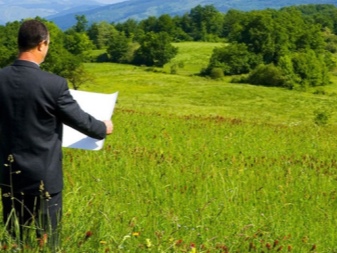
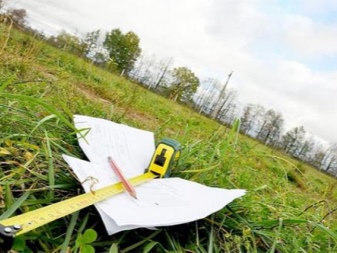
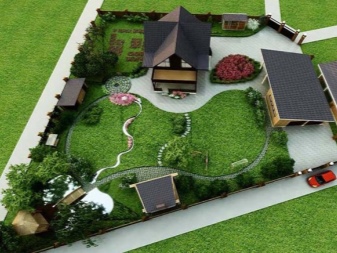

Choice of size and shape
The sizes of typical summer cottages in most cases are 5-6 acres. These are square or rectangular land plots sold by the state, local authorities and other owners (citizens of Russia and companies). In urban conditions with a significantly higher population density, the land plots left after the demolition of old houses and other types of buildings can be 1-5 hectare. Land plots, on which 2-3-apartment houses with common courtyards were previously built, can have an arbitrary area at all, for example, 2.2 hundred square meters (10x22 m).
It is advisable to acquire a plot not of an angular, but of a rectangular shape.
If you got a triangular (at the turn) or uneven quadrangular allotment, then difficulties may arise with the construction of a residential building (a house for permanent residence). It makes sense to knock down the real price of the seller of such a site, for example, by 30%, justifying such a "price drop" in a non-standard form.
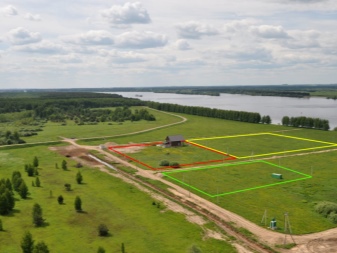
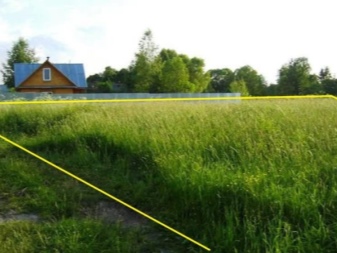
Let be, for example, there is a section in the form of a right-angled triangle, the legs of which are 10 and 50 m. The area of a rectangle with such sides would be equal to 500 m2 (5 acres). Let's say you got a triangular section with sides of 50 m. The hypotenuse of such a triangle would be 51 m. The area is 2.5 acres. It would be difficult to build, say, a house with dimensions of at least 10x10 m on such a site - the builder (and the owner) would go beyond its borders. Therefore, the owner would have to make the house narrow, for example, 4x8 m, and adapt the rest of the area for a garden, vegetable garden and utility rooms - according to modern standards for country and suburban construction, the house should not be right next to the border of the adjacent plot.
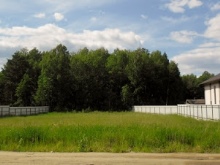
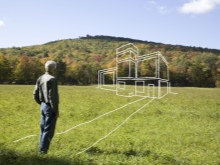

What kind of soil can you build on?
The construction will pay off on stony and chernozem soils, which are fixed. A clay hill, which can, for example, "crawl away" during prolonged downpours or flood of mountain rivers, will not withstand the structure - it will "float away" with it. And also you cannot build a house on sandy soils, for example, if these are desert dunes - moving sands migrating from place to place can simply fill it up.
The groundwater level should not pass in the immediate vicinity of the earth's surface. A high level of groundwater occurrence poses a danger to the foundation - it will not be possible to fully waterproof from it, and the house will be considered flooded from below, which will greatly complicate its resale.
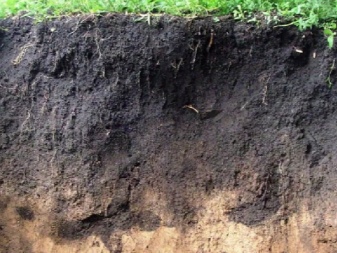
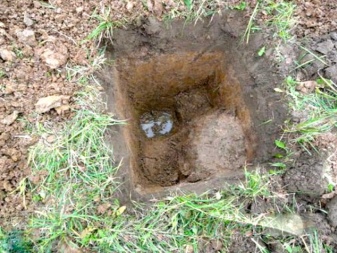
Here it is more correct to ask where it is impossible (not allowed) to build. Such lands include:
- territory of roads - this includes highways and railways, including their embankments;
- land allocated for multi-storey residential or industrial construction;
- the territory adjacent to airports, stadiums, gas stations or other objects of social significance;
- places under power lines, highways area (pipelines, electrical and signal cables);
- land illegally seized on the territory of the Russian Forest Fund;
- lands illegally cut from neighbors;
- strategic heights given over to telecommunications, military facilities, and more;
- garbage and nuclear, military landfills;
- strips of land close to cemeteries or on their territory;
- territory of treatment facilities of plants and factories;
- strips of land closer than 200 m from the coastline of rivers, lakes and reservoirs, seas and oceans.
Land that is not included in any of these categories is easily legalized in terms of future construction.

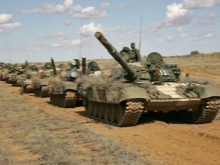

What else should you pay attention to?
Land suitable for the construction of a country house or country house must be accessible from nearby cities and towns. To build a house on the edge of a forest, even if the permission of the RF Forest Fund has been received, is unlikely to be for permanent residence - a person is a social being. No one will literally want to be cut off from the rest of the world if this person is not a hermit. Nevertheless, out of every thousand - or tens of thousands - there is someone who wants to buy land for building a house, for example, in an abandoned village, which is still on the cadastral map as land of settlements, and the village has not been officially and forcibly resettled.
From time to time, abandoned houses come across on ad sites, which are actually sold for a pittance - from thousands to tens of thousands of rubles.
Another example is the sale of old country houses of small size (up to 20 m2) is widespread.the owners of which are elderly people from 70 to 90 years old, they practically do not have the strength to run their household. They are selling these estates, moving to the city. This category of old housing, mainly built on the territory of dacha non-profit partnerships in the Soviet era, as of 2020, is often traded in the range of 200-500 thousand rubles.
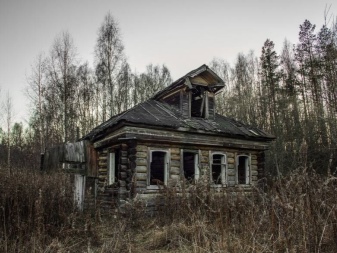
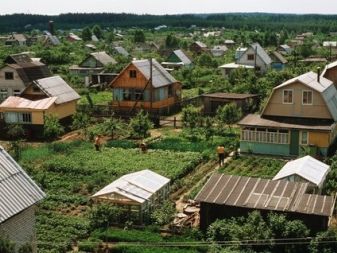
Roads and infrastructure
The dacha "secondary housing" on the market is now acquiring special value - in 2020 it often costs no more than several hundred thousand rubles. DNT and SNT, on the territory of which these houses are located, are often located in close proximity to a small town, regional center - just a few or a couple of tens of kilometers. First of all, they pay attention to the bus service between regional centers and / or regions, wherever this or that suburban settlement is located. If there is a highway nearby, there is a bus stop nearby, then you will get to the city without any problems, not to mention finding a job in it. Of course, buses can be slowed down anywhere, but not every driver will agree to stop - this is contrary to traffic rules. Whether you have a car, motorcycle, moped, electric scooter or bicycle, the transportation issue is largely resolved.

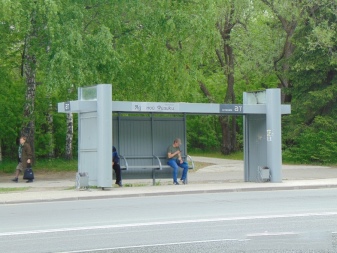
It is not worth buying plots in lost or undeveloped places. It often happens that a certain owner (legal entity) sells plots, but the development is going on with difficulty - perhaps, in a year or two, only one resident will be "built". Some people buy plots at the starting price and resell them for 1.5-2 times more. For example, the plots were initially sold at a price of 100 thousand rubles. per hundred square meters, and the new owners will resell them six months later for 150-200 thousand for the same hundred square meters. And if the resale is delayed for up to 10 years, the price of a standard "five-hundred" site can jump far over a million rubles.
Look for - and find - a company that sells them "first-hand", without any intermediaries and resellers: this will save you half or more of the money allocated for the purchase of land.
If in the DNT built 20-50 years ago you found a suitable cheap "secondary housing" from some old owner, then, having checked the site (and the structure) for problems with the law and the possibility of collateral, making sure that there are no special problems "in place", has meaning to buy it. Prices for such "secondary housing" are more than democratic and start from 100-150 thousand rubles.


Communications
Check if it is possible to connect to electricity, water supply and gas. If the DNT (or a cottage settlement, KP) is relatively new or has not yet been fully built up, there is an active development of its territory, then all three types of communications should be suitable there. The territories of villages (not to be confused with dacha settlements), in addition to a water supply system, can also offer a connection to a general sewage system (a drain passing under the street).
The quality of communications, despite timely repairs and maintaining them in their original condition, should be at their best. Even in new dacha settlements, founded several years ago, there are cases when the light is turned off every week for a day or more. The reason is a downpour, a hurricane, possibly a snowfall. Utilities serving the district power grid refer to safety: if a wire breaks on the highway, a serious short circuit can occur. The fallen wire becomes a source of electricity leakage and step voltage around: it is impossible to safely get to the place of the break without disconnecting the line from the nearest distributor supplying this power line (6 or 35 kilovolts).
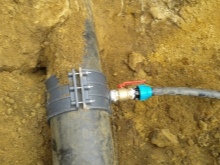

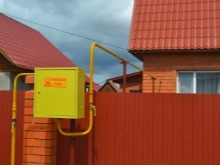
The proximity, adjoining the city is also important: if a specific DNT is connected to the same transformer (110-35 kV), from which the quarters of apartment buildings near the city limits are powered, then frequent power outages are not terrible. The fact is that in the same part of the city, as a rule, there are shops, pharmacies, bank and post offices, a market, a factory or an industrial zone; stopping all of these facilities for half a day or more is undesirable. If the dacha settlement is part of a rural settlement or is significantly removed from cities and villages, then power outages are much more frequent. When buying a plot, ask your neighbors about possible problems with electricity and gas.
The second problem is insufficient gasification of the dacha settlement. The gas distribution point may be located half a kilometer or more from the site you have chosen, and none of the closest (possibly your future) neighbors connected the gas, and the pipe does not go down the street. A new connection to gas, at 2020 prices, costs from 300 thousand to a million rubles. It is possible for 10 years or more to wait for relief from the legislators, which will make it possible to get rid of the exorbitantly high price of gasification of the future home.
Specify - and estimate - how much it will cost to connect to the gas, if it is not initially available. Consider other options for heating the house: wood and electric heating, alternative sources (for example, a diesel or gas unit).

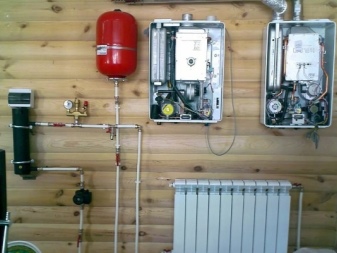
Water supply is the last deciding factor. If a line from a street (village) water supply enters the site purchased for the construction of a new private house, then the water is paid for by the water meter. If the site is located on a hill (hill), and there is no water supply, then this hill will force the new owner to drill not 15-20, but all 35-40 meters deep - the subsoil aquifers are located at different depths. To pump out water, you will also need a several times more powerful pump, which raises water to such a height and buried up to 4 m from the earth's surface. Digging a basement for a pumping station (and other purposes) deeper than 5 m is prohibited - on the basis of the relevant law on the protection of subsoil. If there is a river or stream nearby, the water level may be higher than you expected. This will make it easier to consume water.
Near the electric wires of the street power line (220/380 V), there is often a fiber-optic Internet access line (“optics to the house”, or GPON). But this option is optional: not all cottage villages are connected to the fiber-optic backbone.
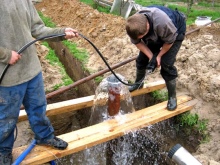
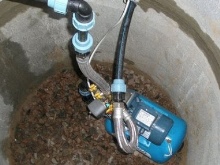

Legal forms
Before choosing a land plot, you should check its legal purity.
- Lack of data on the transfer for the needs of public construction. The site must not be part of the territory allocated for the construction of roads, parking lots, airports, factories and factories, apartment buildings, stadiums and other objects representing public needs.
- Lack of data on encumbrances: for the presence of a loan collateral, arrest and others. The new owner must make a deal with the old one through a notary. The latter will not give the go-ahead for sale if there are individual encumbrances associated with the previous owner.
The fact is that notary offices assist only by legal methods, their goal is to help crank up legal formalities related to real estate.


This data can be requested on the website of the MFC, Rosreestr, or you can personally demand all documents of title from the owner before buying a site. In some cases, the new owner can register the ownership of land that borders on him, but does not belong to a dacha partnership or another owner, as well as not given by the state for any needs - for example, when neighboring plots are overgrown and turned into something between a forest and a wasteland ...






































































The comment was sent successfully.